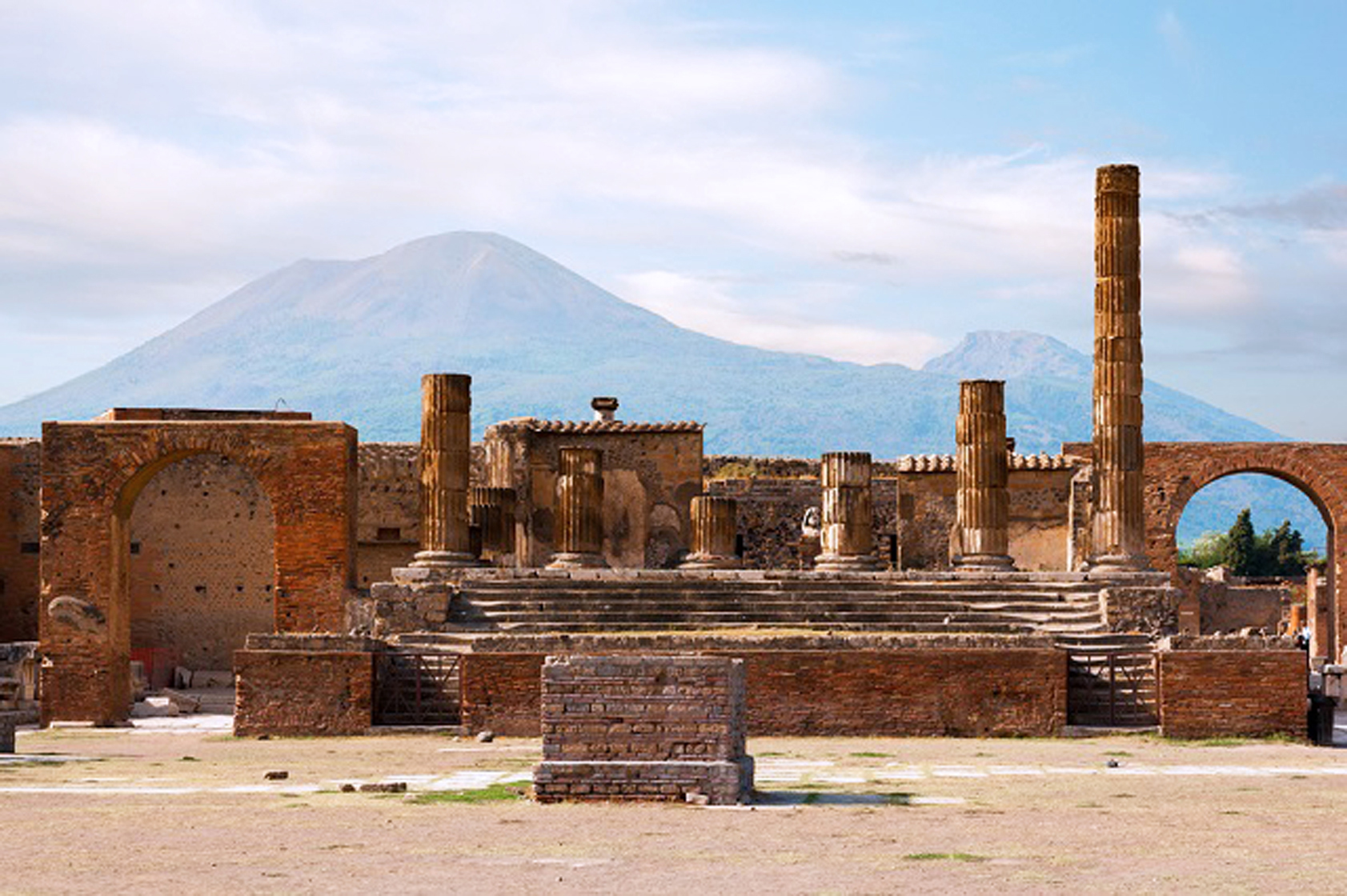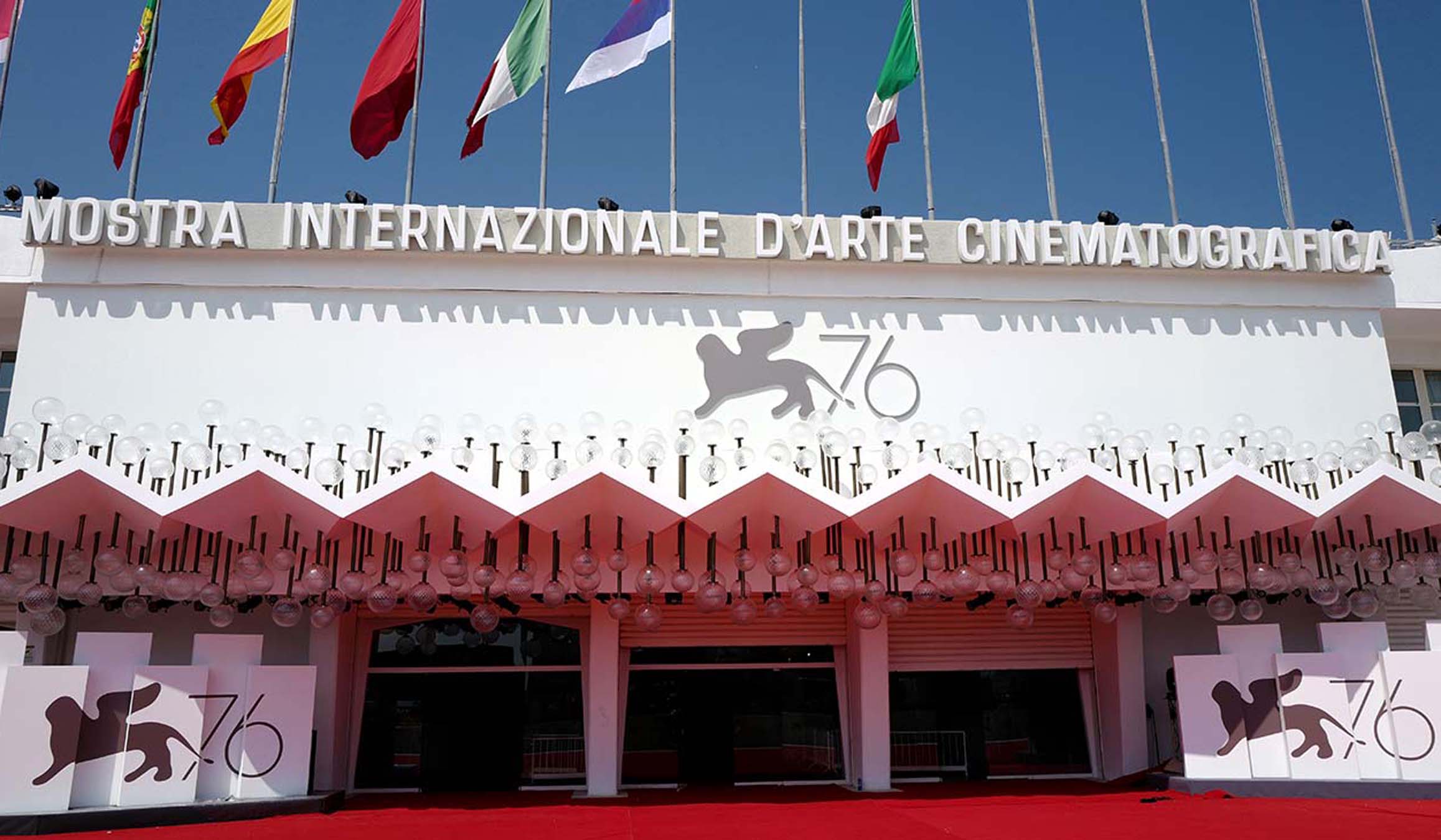Most of the millions of tourists who visit Pompeii each year leave with nothing more than amazing memories and photographs. However, there are some who take away a little extra – the relics themselves. It seems that those visitors who have slipped a piece of the world’s most important archaeological site into their pockets have come to regret their actions. Tourists who took relics from the ruined Roman city have been returning them to the site, claiming they are cursed, according to the site’s archaeological superintendent Massimo Osanna.
In recent years, the site has received well over one hundred packages returning stolen artifacts, which are often accompanied by letters explaining that the items have brought the thieves nothing but bad luck. One man wrote from Latin America saying that he and his entire family had experienced “trauma after trauma” after he took a piece of stone from Pompeii.
“They write that the stolen pieces have brought them nothing but trouble,” Osanna said. “They say they can trace back all their family troubles to their theft at Pompeii.”
Fragments of amphora, pieces of frescoes and small statues have all been sent back. One Canadian woman who had taken away a decorative terracotta tile while on her honeymoon during the 1970s, wrote asking for forgiveness for “an error she made in her youth.”
A woman from England returned a white tile (still in excellent condition) that her parents had taken from the site while on vacation – half a century ago! After they died, the woman inherited the tile and always felt a chill when she passed the drawer that contained the stolen artifact.
So many pieces have been returned that Superintendent Osanna has contemplated an exhib devoted exclusively to returned artifacts, as well as the letters that tell the story behind some of the stolen pieces. Ironically the letters, not the relics, could be the star of the show.
“It is not that the stolen pieces are highly interesting or valuable – it’s more about the letters. For this reason I would like to do an exhibition to show how we were and how we are,” said the superintendent.
The Curse of Pompeii is an old story that claims the eruption of Mount Vesuvius in AD 79 was punishment inflicted by the gods after the legions destroyed holy buildings. “At a certain point, people started believing in this story again,” said Mr. Osanna.
Even actual thieves, rather than pilfering tourists, have also been affected. In one instance, five packages were sent to Pompeii containing stolen items, including a bronze statue that had disappeared in 1987. The accompanying letter was sent from Spain and the writer complained the statue had brought a “curse on his entire family.”
Another package contained a beautiful piece of a fresco from the Casa del Frutteto. It had only been discovered missing during its reconstruction, but it brought the thieves “nothing but trouble!”
In recent years, there have been many instances of tourists who have been caught in the act. Four French tourists were charged with aggravated theft after being caught red-handed trying to make off with pieces of Pompeii’s famous frescoes. The tourists were ultimately fined and the chips from the fresco were painstakingly put back in place. Who knows, perhaps the other tourists who turned them in knew just a bit more about the curse of the relics of Pompeii and were doing the unruly thieves a favor!





